For adventurous divers and marine photographers, few underwater encounters are as thrilling as spotting the elusive Wunderpus octopus (Wunderpus photogenicus). With its elegant, rust-and-white patterned arms and hypnotic movements, this rare cephalopod is a living masterpiece that seems almost too magical to be real.
Found in the sandy muck sites of Indonesia and the Indo-Pacific, the Wunderpus is both a camouflage expert and a sought-after subject for those chasing that once-in-a-lifetime shot. This guide delves into the world of this remarkable creature, exploring its behavior, habitat, and the secrets to capturing its elusive beauty.
What is the Wunderpus Octopus?
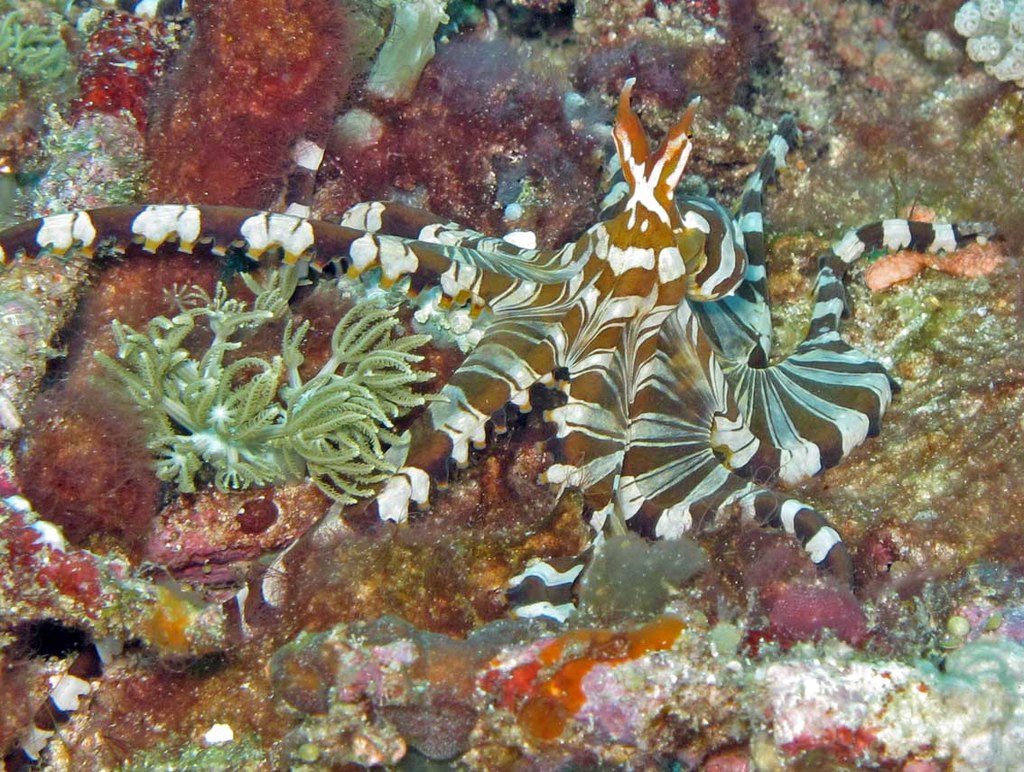
To fully appreciate this master of disguise, it’s important to know its key characteristics, from its unique physical traits to how it stands apart from other species. Below, we break down its distinct identification features.
Identification and Physical Features
The Wunderpus photogenicus is a small yet spectacular octopus species, distinguished by its rusty brown to reddish-brown coloration, adorned with striking white spots and bands. Adult specimens display individually unique patterns of white markings over their brownish-red bodies, making each Wunderpus as distinctive as a human fingerprint.
This small octopus has a total length of just over 230mm and weighs only 7-11 grams, with a mantle length typically measuring 24-36mm. The arms are remarkably long and thin, extending 5-7 times the mantle length, giving the octopus an almost alien appearance when their arms are fully extended.
Camouflage Ability
The Wunderpus is an expert at camouflage. When threatened, they can rapidly alter their body shape and arm positioning to imitate dangerous creatures such as lionfish with their poisonous spines or banded sea snakes. They can also intensify or diminish their coloration to better match their surroundings, allowing them to blend seamlessly with the sand, or flash bright warning colors to deter predators.
Wunderpus vs Mimic Octopus
The Wunderpus octopus is often mistaken for its close relative, the fascinating mimic octopus (Thaumoctopus mimicus). Both are masters of disguise and share the same sandy habitats, but with a trained eye, you can spot the key giveaways that distinguish these two remarkable cephalopods.
Here’s what to look for:
- Eye Stalks: One of the easiest ways to distinguish the two is by their eyes. Wunderpus octopuses have long, slender eye stalks that stand tall and are easy to spot, while mimic octopuses have much shorter eye stalks that may seem almost invisible.
- Arm Markings: Look closely at the arms. Mimic octopuses typically show a continuous white border along each arm. In contrast, Wunderpus arms display bold white bands that are broken, without forming a continuous outline.
- Color Patterns: Both species have brown and white patterns, but Wunderpus octopuses usually have richer, reddish-brown tones with sharply defined edges between dark and light areas. In contrast, mimic octopuses often appear darker, with more muted borders between their colors.
- Size: Size can be a clue. Mimic octopuses can be larger, sometimes reaching up to 60 cm in total length, while the Wunderpus is more petite.
- Behavior and Timing: Wunderpus are typically more active during dawn and dusk, which is the golden hours for underwater photographers, while mimic octopuses tend to be out and about throughout the day.
Wunderpus Octopus Habitat: Where to Find Them
The key to this rare octopus sighting is knowing where to look. The Wonderpus is a specialist, preferring specific environments where it can effectively hunt and hide. Here are five of the top habitats where these incredible creatures are found.
1. Lembeh Strait, Indonesia
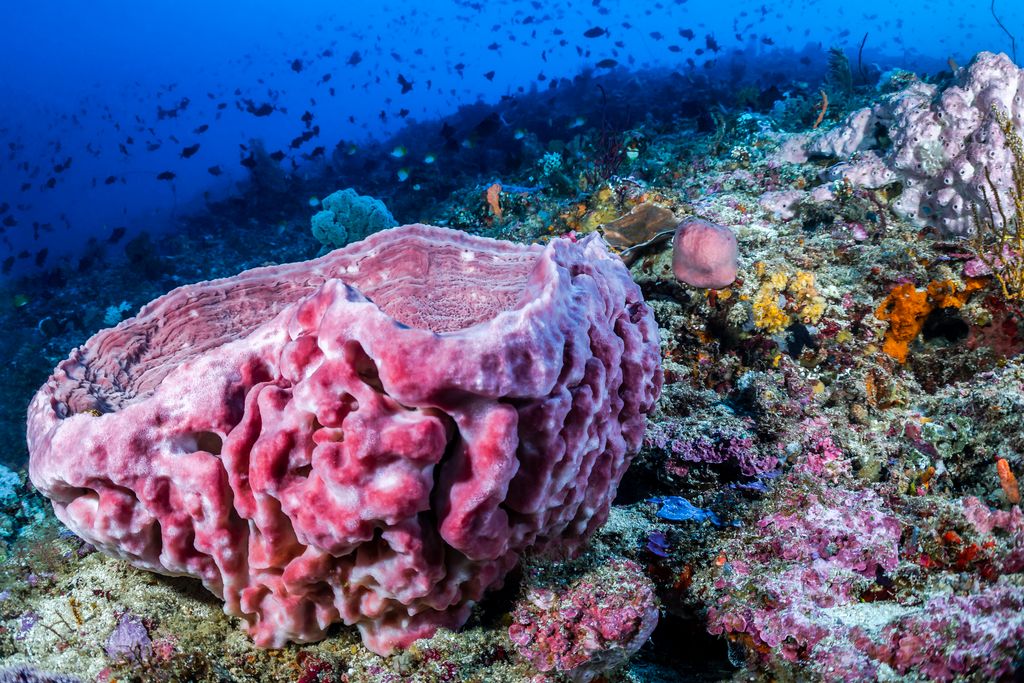
Located in North Sulawesi, Lembeh Strait is renowned as the world’s top critter diving destination and is arguably the best place to find the Wonderpus octopus. The region’s fine volcanic black sand provides ideal burrowing conditions, allowing these critters to create or occupy burrows with ease. Divers frequently spot them at dusk and down, especially at famous sites like Police Pier and Air Prang, making Lembeh a must-visit for macro enthusiasts.
2. Bali, Indonesia
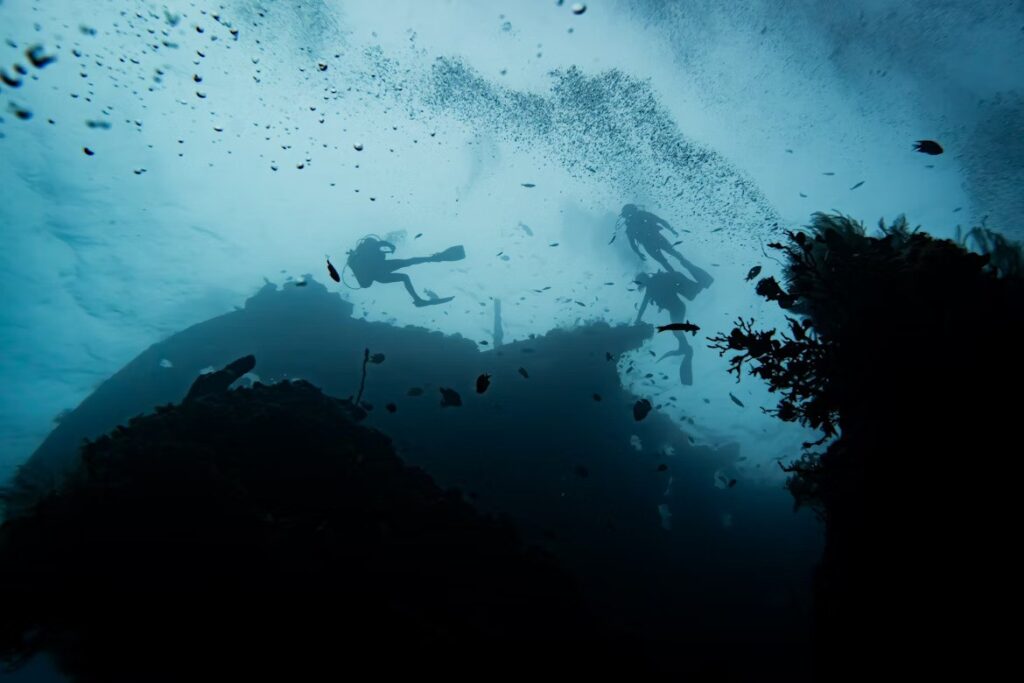
Bali’s muck diving sites, such as Puri Jati and Padangbai, offer excellent opportunities to find Wunderpus octopus. These dive sites offer great muck diving experiences and are known habitats for the Wunderpus, which thrives in these open, sediment-rich areas. The calm conditions and abundance of macro life make it an ideal location for photographers patient enough to wait for a dawn or dusk encounter.
3. Anilao, Philippines
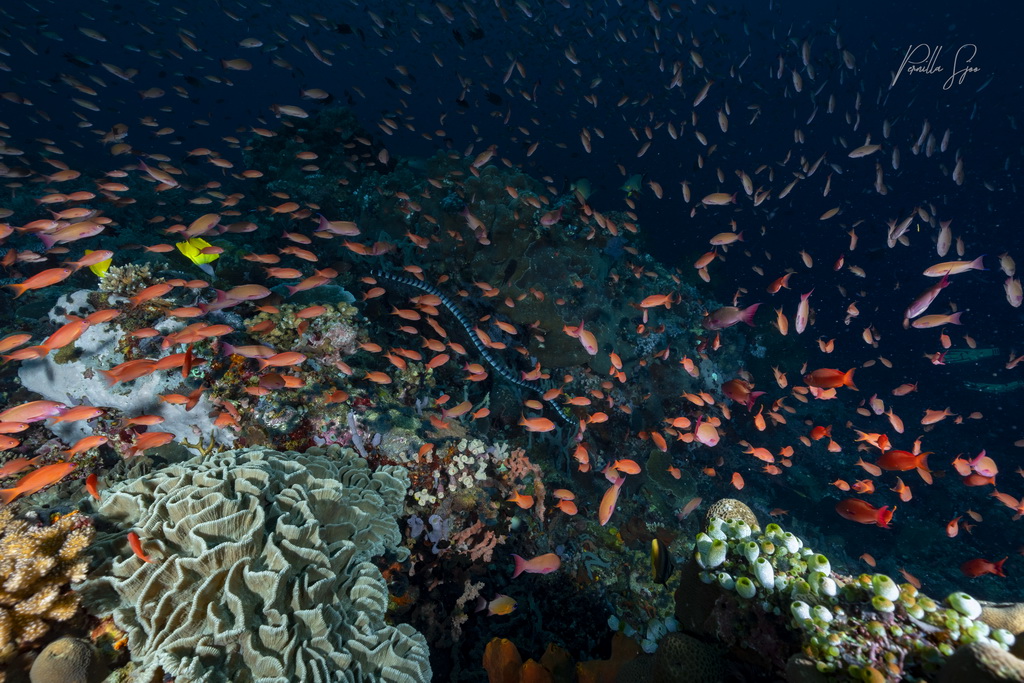
Anilao is a hotspot for underwater photographers and is famed for its rich muck diving environments. The underwater landscape in the region features a mix of dark sandy slopes, seagrass beds, and areas of coral rubble. Here, Wunderpus octopus can be seen around shallow sandy slopes and rubble areas, often emerging from their burrows during low-light periods.
4. Mabul Island, Malaysia
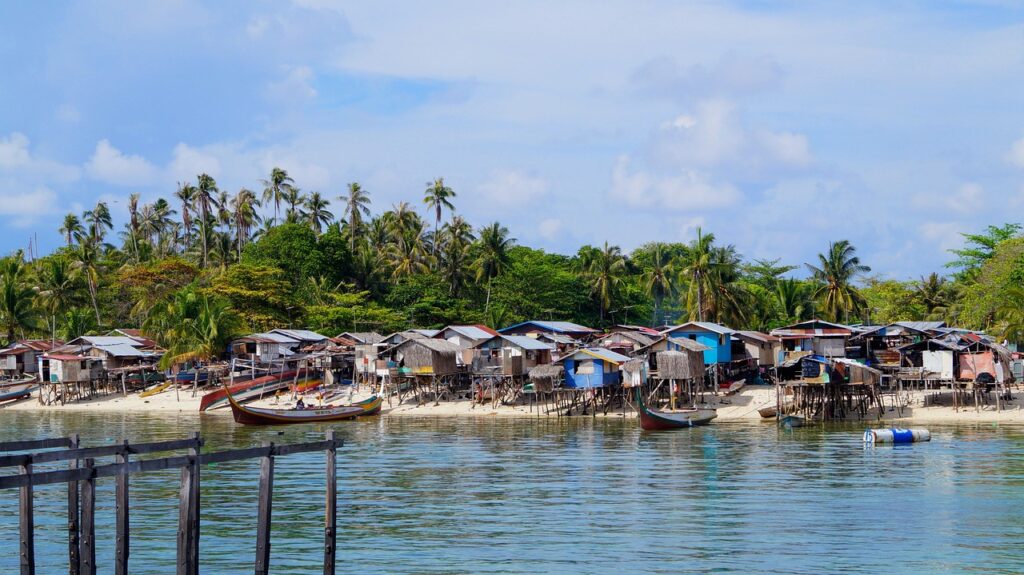
Part of the legendary Sipadan-Mabul diving area, Mabul Island in Malaysian Borneo offers a rich and diverse muck habitat. The seafloor around the island is predominantly sandy, interspersed with artificial reefs and patches of debris that create complex structures. This provides excellent shelter and hunting grounds for the Wunderpus, which shares this habitat with a diverse array of other rare macro critters.
5. Milne Bay, Papua New Guinea

Another fantastic place to spot the elusive Wunderpus octopus is Milne Bay, Papua New Guinea. The region’s rich muck diving sites, with their sandy bottoms and scattered debris, provide the perfect habitat for this rare cephalopod. For underwater photographers, Milne Bay offers both the biodiversity and the ideal conditions to capture this fascinating creature.
Tips for Spotting the Wunderpus Octopus in the Wild
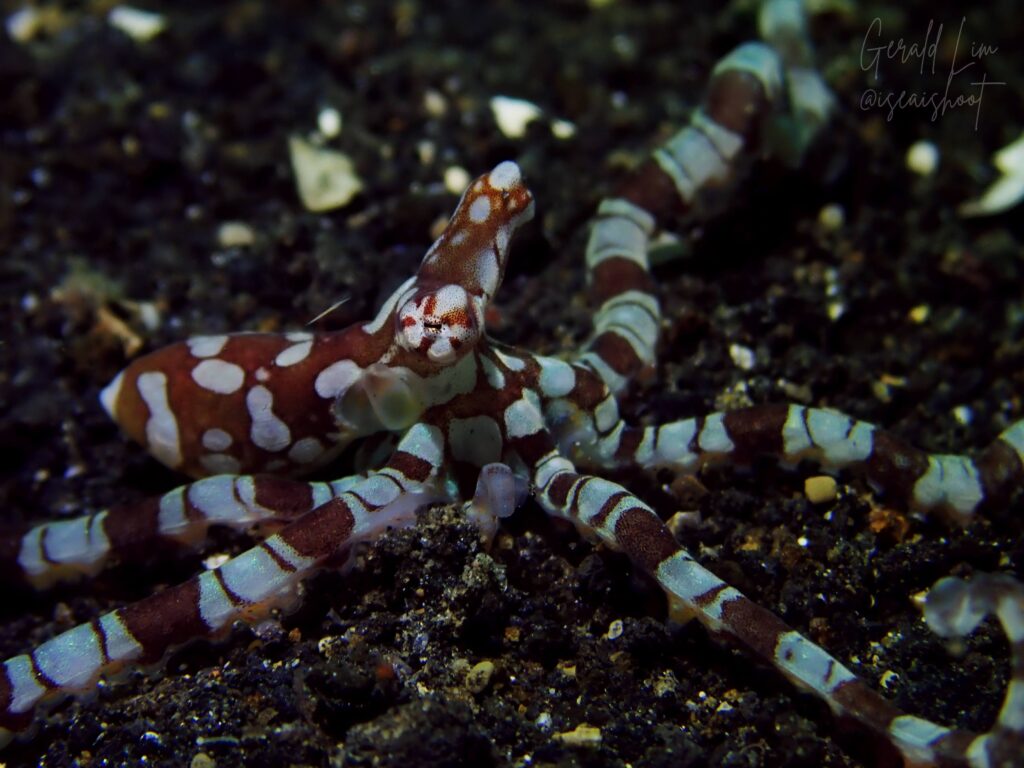
Finding this rare octopus requires a keen eye and patience. Here are some tips for increasing your chances of finding them:
- Dive at the right time: Schedule your muck dives for early morning or late in the afternoon, when they are most active.
- Search technique: Focus on sandy areas with scattered coral rubble and debris. Look for small holes in the sand that might indicate a burrow entrance. Often, the first sign of a Wunderpus is a pair of eyes and long stalks poking out of the sand.
- Stay cautious: Move slowly and deliberately across sandy bottoms. Wunderpus are easily startled, and rapid movements will cause them to retreat. If you do suspect a Wunderpus is nearby, hover motionlessly for several minutes, as they often emerge from hiding after a period of stillness.
- Hire an expert guide: Relying on an expert guide is arguably the most effective tip for finding Wunderpus octopus. An experienced local guide knows the habitats and is able to spot a well-hidden macro life.
Wunderpus Octopus Photography Tips
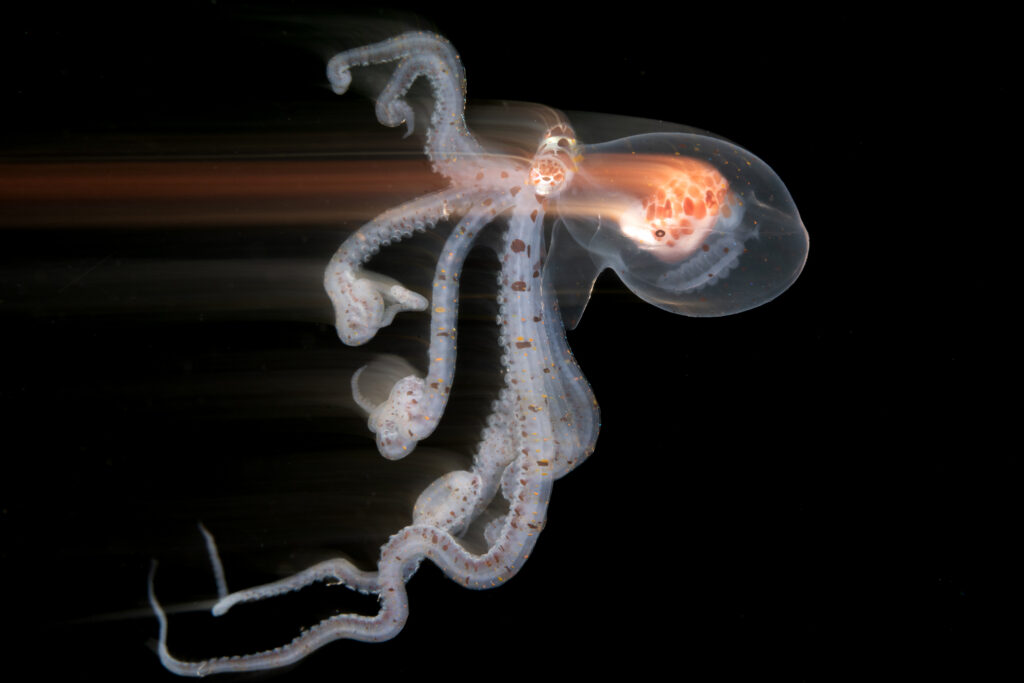
For underwater photographers, the Wunderpus is a dream subject. Capturing its unique beauty requires a specific approach.
- Camera equipment: Use a macro lens in the 60-100mm range for optimal working distance. You can also use dual strobes to illuminate the octopus while maintaining natural coloration. To highlight specific features like eye stalks, consider using a snoot or focused lighting.
- Approach strategy: Approach slowly from the side rather than directly overhead to avoid casting a shadow and startling the subject. Maintain a respectful distance of at least one meter and gradually move closer as the octopus becomes accustomed to your presence.
- Timing the shot: Wait for behavioral moments such as arm extensions, feeding activities, or defensive displays. Focus on the eyes when possible, as sharp eye detail creates compelling images.
Capture Your Wunderpus Moment at Solitude Lembeh
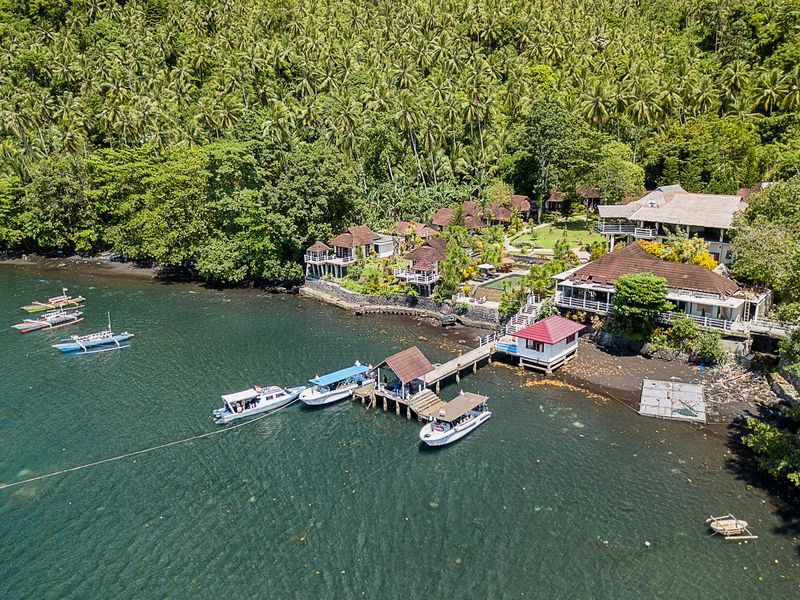
The Lembeh Strait is one of the world’s top destinations for macro diving, and among its many unique species, the Wunderpus octopus is a true highlight. Solitude Lembeh Resort offers you the opportunity to explore this rich marine ecosystem, with a focus on comfort, expert guidance, and flexible dive schedules tailored for macro and underwater photographers!
Our resort’s experienced guides know the best sites and behaviors for finding different macro life, ensuring you have the best chance of successful encounters! With small dive groups, extended bottom times, dedicated camera facilities, and underwater photography workshops, Solitude Lembeh Resort is well-equipped to support photographers and critter hunters alike!
What are you waiting for? Book your stay at Solitude Liveaboards and Resorts today!